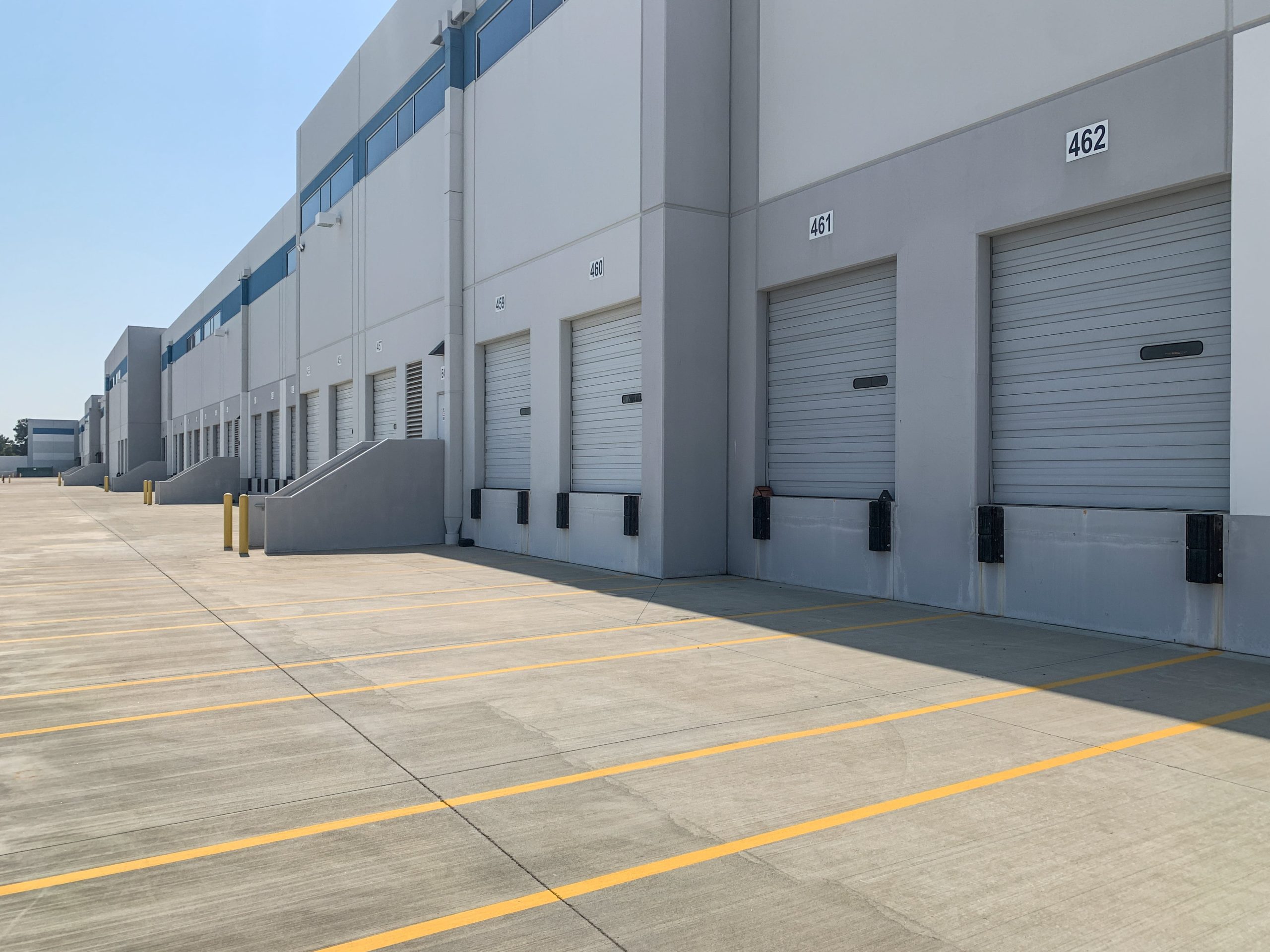Our houses wouldn’t be complete without garage doors, which offer convenience and security. But eventually, like any mechanical system, they can have problems.
Understanding common garage door problems and how to address them can save you time and money. This guide will explore some frequent issues and provide practical solutions.
Unresponsive Remote Control:
Problem:
Your garage door remote control isn’t working.
Solution:
Check for dead batteries in the remote. Replace them and ensure no obstructions between the remote and the door’s sensor. If the issue persists, reprogram the remote according to the manufacturer’s instructions.
Noisy Operation:
Problem:
Your garage door is making excessive noise during operation.
Solution:
Lubricate the door’s moving parts, such as hinges, rollers, and springs, using a silicone-based lubricant. Inspect for any loose or damaged components and tighten or replace them accordingly.
Misaligned Tracks:
Problem:
The garage door is off its tracks.
Solution:
Examine the tracks for misalignments. If you notice gaps between the rollers and tracks, gently tap them back into place using a rubber mallet. Make sure the tracks are correctly aligned, and tighten any loose bolts.
Slow Response Time:
Problem:
The garage door responds slowly to commands.
Solution:
Check the sensors near the bottom of the door on each side. Clean any dirt or debris obstructing the sensors and ensure they are correctly aligned. If the problem persists, consult the manufacturer’s manual for troubleshooting guidance.
Broken Springs:
Problem:
Your garage door won’t open or close unevenly.
Solution:
Broken springs are a common issue. Hire a professional for electric garage door repairs to replace the damaged springs, as they are under high tension and can be dangerous to handle without proper expertise.
Stuck or Jammed Door:
Problem:
You can’t open or close your garage door because it’s stuck.
Solution:
Inspect the tracks for any debris or foreign objects causing the obstruction. After clearing the space, try opening the door once more. If the problem persists, consult a technician to inspect and repair any mechanical issues.
Worn-out Rollers:
Problem:
The garage door isn’t operating on its tracks smoothly.
Solution:
Examine the rollers for indications of deterioration. If they appear worn, replace them with new ones. Regularly lubricate the rollers to ensure smooth movement.
Faulty Garage Door Opener:
Problem:
The garage door opener is not working.
Solution:
Check for power supply issues and replace the batteries if necessary. Inspect the wiring for any damage and tighten loose connections. If the opener is still not functioning, consult a professional for electric garage door repairs.
Weather Stripping Damage:
Problem:
The rubber weather stripping at the bottom of the door is damaged.
Solution:
Replace the weather stripping to maintain a proper seal and protect your garage from the elements. This simple, cost-effective solution can prevent water, pests, and debris from entering your garage.
Frozen Garage Door:
Problem:
In cold climates, your garage door may freeze shut.
Solution:
Apply a silicone-based lubricant on the weather stripping to prevent it from sticking to the ground. Use a shovel or ice melt to clear any ice or snow around the door.
Malfunctioning Auto-Reverse Feature:
Problem:
The garage door doesn’t reverse when it comes into contact with an obstacle.
Solution:
Test the auto-reverse feature by placing an object in the door’s path. If it fails to reverse, clean the sensors and ensure they are aligned correctly. If the issue persists, consult the owner’s manual or a professional for adjustments.
Power Outages:
Problem:
Your garage door won’t open during a power outage.
Solution:
Most garage doors have a manual release mechanism. Familiarise yourself with its location and operation. Typically, it involves pulling a cord that disengages the door from the opener, allowing you to manually lift or close it.
Deteriorating Cables:
Problem:
The cables supporting the garage door are frayed or damaged.
Solution:
Damaged cables can compromise the door’s stability. Consult a professional for electric garage door repairs to promptly inspect and replace any frayed or worn-out cables.
Inconsistent Movement:
Problem:
The garage door moves erratically or stops unexpectedly.
Solution:
Check for obstructions along the tracks and ensure the sensors are clean. Inspect the door’s balance and adjust the spring tension if needed. If the issue persists, consult a technician to inspect the motor and other electronic components.
Remote Interference:
Problem:
Your garage door opens or closes independently or responds to neighbouring remotes.
Solution:
Change the frequency on your remote control or invest in a newer model with rolling code technology. This technology changes the code each time the remote is used, helping prevent unauthorised access or interference.
Worn-out Hinges:
Problem:
The hinges connecting the garage door panels are worn or damaged.
Solution:
Inspect the hinges for signs of wear or damage. Replace any compromised hinges to ensure the door’s structural integrity and prevent further issues.
Rusty or Corroded Parts:
Problem:
Rust or corrosion on metal components can affect the garage door’s performance.
Solution:
Regularly inspect and treat metal parts with a rust-resistant lubricant. Sand off existing rust and apply a protective coating to prevent further corrosion.
Sagging Garage Door:
Problem:
The garage door appears uneven or sags on one side.
Solution:
Inspect the springs and cables for damage. Adjust the tension on the springs or replace them if necessary. If the problem persists, consult a professional to address any structural issues with the door.
Regular maintenance and timely troubleshooting can extend the lifespan of your garage door and prevent costly repairs. By addressing these common issues promptly, you can keep your garage door operating smoothly and ensure the security and convenience it provides to your home. If you encounter complex problems or require electric garage door repairs, it’s always advisable to seek professional assistance to ensure safety and proper resolution.



